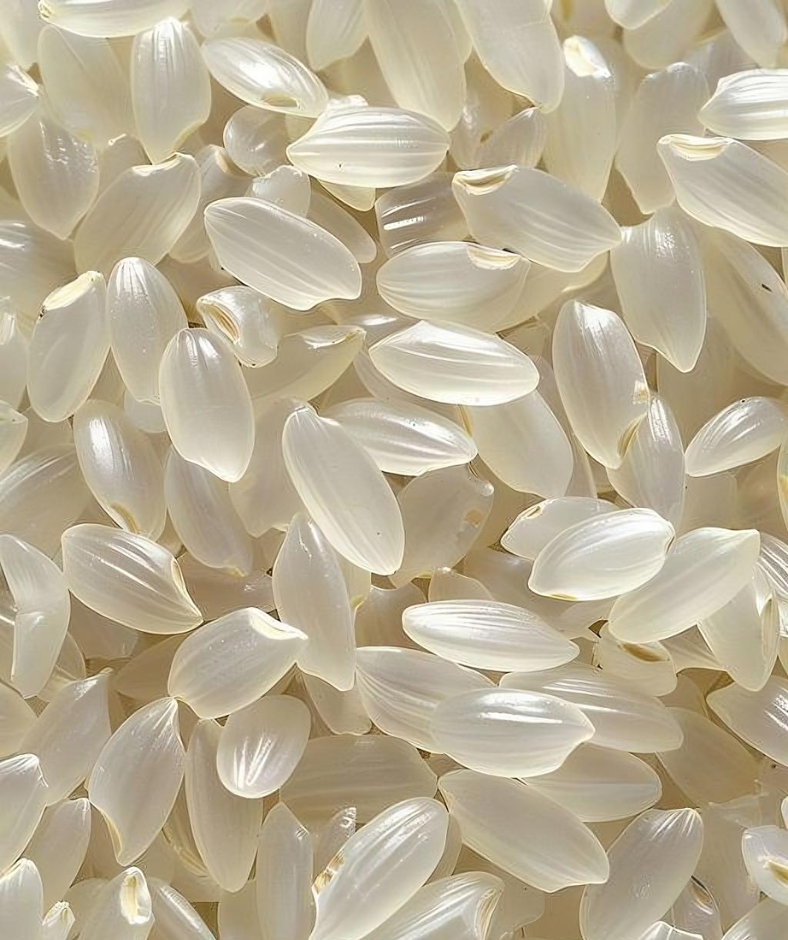The prevalence of counterfeit products has become a growing concern in today’s global market, and one such alarming counterfeit product is plastic rice. Plastic rice, made from synthetic materials, poses significant health risks to consumers. With real rice being a dietary staple for billions of people worldwide, it is imperative to distinguish between genuine rice and its dangerous counterfeit. This article will arm you with the necessary knowledge to ensure that you and your loved ones are safe from this harmful imitation.

Given the potential health hazards and the growing reports of plastic rice, understanding how to identify it is critical. By reading the following sections, you will gain insights into practical methods and expert tips to make sure the rice you consume is authentic and safe. This is vital information every rice consumer should be equipped with.
1. Water Test
Take a glass of water and drop a tablespoon of rice into it. Stir well and let it sit for a few minutes. If the rice is made from plastic, it will float on the surface, while real rice will typically settle at the bottom.
2. Heat Test
Heat a small quantity of rice in a pan on high flame. Genuine rice will emit a natural aroma of toasted rice, while plastic rice will begin to emit a distinct and unusual plastic smell indicative of synthetic materials.
3. The Boiling Test
Boil a pot of water and add a sample of your rice into it. Once the water is boiled, observe the results. Authentic rice will cook and become soft, whereas plastic rice will remain undercooked and might even form a layer at the surface due to its inability to absorb water properly.
4. The Mold Test
Cook a small portion of rice and place it in a sealed container at room temperature for a few days. Real rice is prone to spoilage and mold growth in such conditions. If after several days the rice remains unchanged or develops an unusual color, it could be an indication of plastic content.
5. The Fire Test
Take a few grains of rice and set them on fire. Real rice will burn in a natural way, emitting the scent of burnt rice husks. In contrast, plastic rice will burn quickly with a distinct pungent smell resembling that of a burning polymer.
In conclusion, being vigilant about the quality of rice you consume is essential for safeguarding your health. Employing these simple yet effective tests, you can identify plastic rice and avoid potential health risks. Stay informed and ensure the safety of your diet with these practical tips.